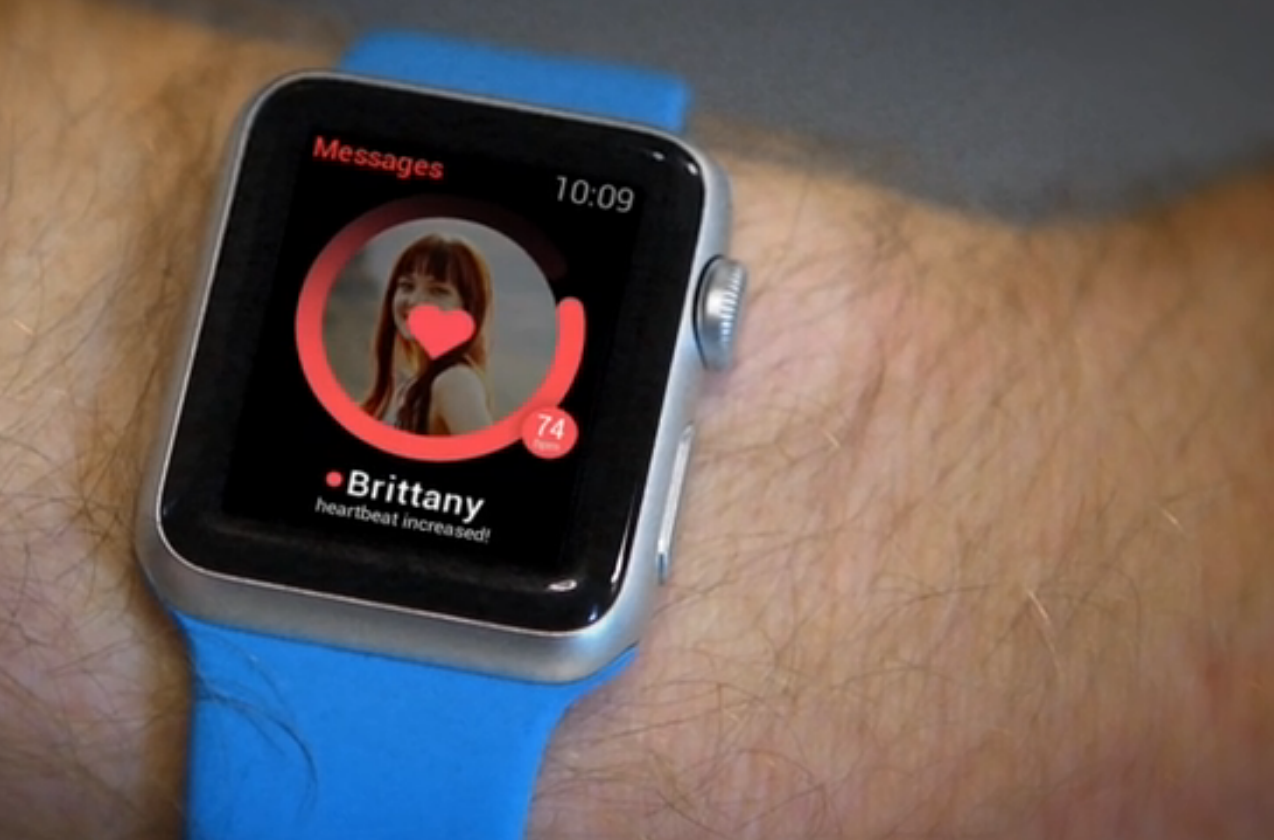Top industry reporters and some of the biggest brand, technology, and media leaders—including the IPG Media Lab!— gathered for the annual Ad Age Digital Conference to discuss what the “post-digital” world means for advertisers. Some of the key takeaways from Day One included:
Time As The New Metric
According to an AdAge survey, over 80% of the industry is concerned about viewability, which was addressed head-on during the very first two panels. Rather than worry about pixel counting or frequency of exposure, time spent in front of an ad is emerging as the crucial metric. While CPMs have an unlimited inventory, there are only so many hours in a day, which limits inventory. This allows prices to rise, which is particularly exciting to quality-based publishers who have higher levels of engagement. As Lisa Valentino from Conde Nast pointed out, “The more value you can show, the more it should impact your pricing.”
Leverage Fan Engagement Into Story-Making
Authentic marketing requires a “relentless customer-centricity”, as Tressie Lieberman from Taco Bell called it. Tapping into the creativity of their fanbases, leading brands are shifting away from traditional storytelling models to a “story-making” approach, where they actively co-create engaging brand communications.
Brands Sneaking Into The Private Messaging Space
As Ben Huh, CEO of The Cheezburger Network, noted, brands have mostly been locked out of most chat apps—an ecosystem that today’s Millennials spent most of their time in. But with more and more messaging apps expanding into media platforms, brands now have a chance to enter that coveted space without being intrusive, as long as they adopt a “friend and explorer” mentality. In order to do so, Tami Bhaumik from Lyve recommended brands to serve content at the right time by taking the customer’s stage in the sales funnel into consideration.
4 P’s, 4 C’s
Customers have more choices than ever in terms of brands, content, and access: it’s estimated that by 2020, people will use 10 connected devices. As a result, the traditional 4 P’s of marketing—product, price, place, and promotion—have been replaced with a modified framework, the 4 C’s: choice, convenience, cross-device, and creative sequencing.
Check back tomorrow for continuing coverage from the Ad Age Digital Conference.



